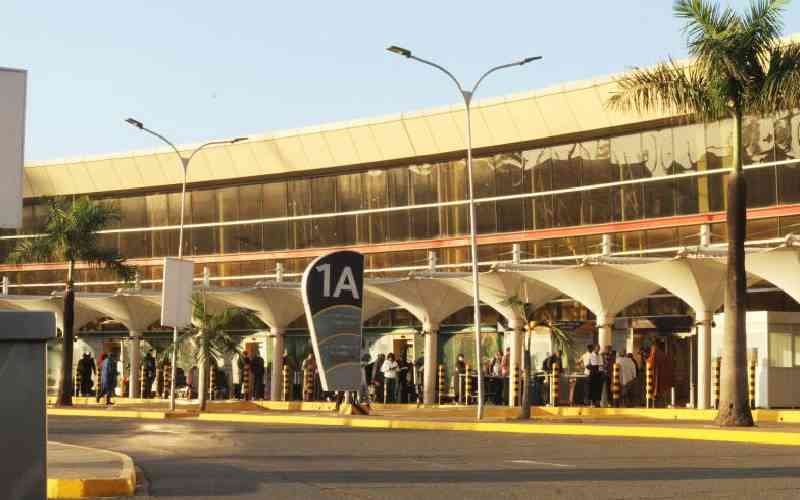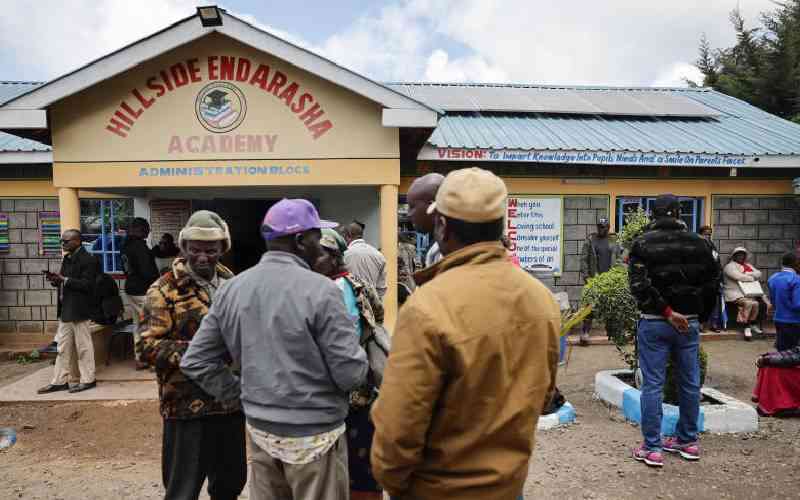By F T ODHIAMBO
Recently, newspapers reported a land tussle between a man and his sister-in-law, which took 12 years to be determined. It was handled by four High Court judges and finalised after the intervention of the Chief Justice and a law firm, which volunteered to act for the aggrieved party.
Ironically, it was a simple boundary dispute requiring the intervention of the local administration, a land registrar and the district surveyor.
How come a dispute, which could have taken a few weeks to resolve, reached the highest court in the land?
The land in Muguga area was obtained after sub-division into three equal portions whereby each son inherited a portion, respectively.
During expansion of Nairobi-Nakuru highway, one parcel was compulsory acquired, the second parcel partly acquired for the expansion and re-alignment and compensation paid accordingly, while the third parcel remained intact.
The proprietor whose land was partly acquired developed the remaining portion by constructing a five-bedroom house, which he occupied with 12 children.
In 2001, the 67-year-old man was evicted from his home by hired goons in the presence of police officers on orders of the sister-in-law who owns the third intact parcel.
The eviction was on the grounds that the old man no longer owned land and valid documents and that the space he occupied was part and parcel of the sister-in-law’s land. The old man rented a house in Gitaru market and sought redress in a court of law.
Twelve years later, he was awarded damages for wrongful eviction and the portion of his parcel of land reverted to him.
Registry map
The original parcel of land is reflected in the Registry Index Map together with abutting properties and access roads. Being general boundary property, the parcel of land is hedged or fenced as required by law.
As procedure dictates, the proprietor obtains consent from land control board for sub-division and there after engaged the district or a licensed surveyor with instructions on the sub-division mode.
The surveyor, armed with cadastral maps, sub-divides the land into three equal portions. Mutation documents are prepared as per the owner’s instructions and also shows field measurements as observed.
The proprietor signs a certificate to confirm the sub-division and also shown pegs to enable him hedge the new parcel boundaries layout.
Stay informed. Subscribe to our newsletter
The new parcels are numbered distinctively and registered in the land registry and new title issued. The titles are transferred to each of the three sons and at the same time, layout and extent of each parcel boundary pointed out.
Meanwhile, the mutation instruments are forwarded to the Director of Surveys for amendments of Registry Index Map to reflect the new parcel of land, as they exist on the ground.
On compulsory acquisition, the authority in charge of roads pegs out the new road alignment and affected landowners compensated accordingly. The new road alignment is reflected in the Registry Index Map and clearly shows the layout of every parcel and road reserves.
It is obvious that information to resolve the land tussle existed. Was delayed justice a case of negligence or effects of corrupt practice? Using the right machinery, the dispute could have been resolved quicker and amicably.
It is good the old man has finally been compensated and given back his land. But this cannot compensate for the psychological agony and time lost. The sister-in-law and her family who encroached and carried out the eviction lost a substantial amount of money in compensation on a piece of land which probably didn’t add any value to their well being during 12 years.
Landowners are advised to maintain their boundaries to avoid unnecessary disputes. It is apparent from the above case that the hedges marking the parcels were neglected or destroyed, an offence which attracts a fine of Sh200,000 as stipulated in the Land Registration Act 2012.
Updating cadastral information is mandatory to assist in resolving boundary disputes. The Lands Ministry should create a roads section within its cadastral and adjudication branches where new road alignments, way leaves and acquisition can be reflected and updated. This will help solving boundary disputes, warn purchasers about road reserves and assist in development approval.
— The writer is a survey and mapping professional
 The Standard Group Plc is a
multi-media organization with investments in media platforms spanning newspaper
print operations, television, radio broadcasting, digital and online services. The
Standard Group is recognized as a leading multi-media house in Kenya with a key
influence in matters of national and international interest.
The Standard Group Plc is a
multi-media organization with investments in media platforms spanning newspaper
print operations, television, radio broadcasting, digital and online services. The
Standard Group is recognized as a leading multi-media house in Kenya with a key
influence in matters of national and international interest.
 The Standard Group Plc is a
multi-media organization with investments in media platforms spanning newspaper
print operations, television, radio broadcasting, digital and online services. The
Standard Group is recognized as a leading multi-media house in Kenya with a key
influence in matters of national and international interest.
The Standard Group Plc is a
multi-media organization with investments in media platforms spanning newspaper
print operations, television, radio broadcasting, digital and online services. The
Standard Group is recognized as a leading multi-media house in Kenya with a key
influence in matters of national and international interest.







